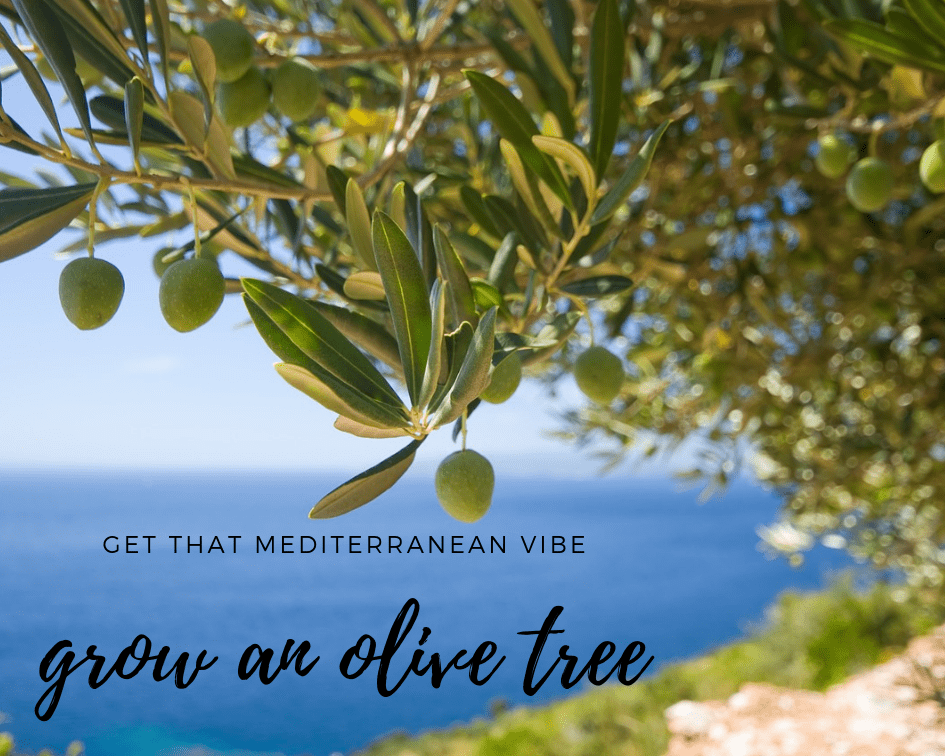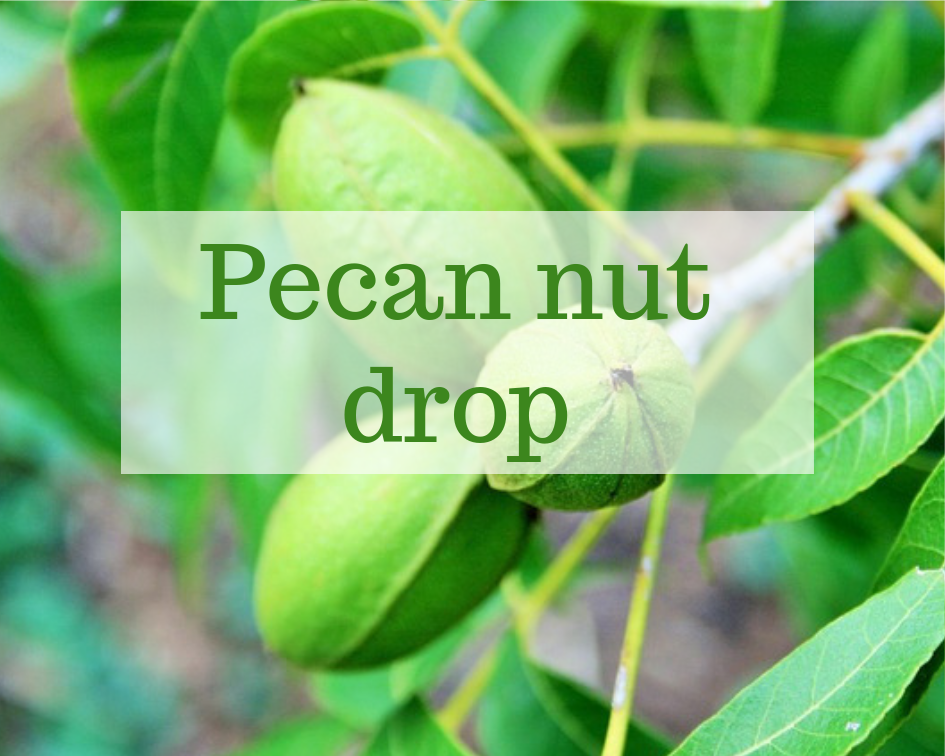This post may contain affiliate links. As an Amazon Associate we earn from qualifying purchases.
One of the things that all of us here at Gardenologist agree on is that the olive tree is a stunner. If you have the space for one in your yard you really should consider growing an olive tree.
The ideal olive tree climate
Although olive trees (Olea europaea) are officially hardy in U.S. Department of Agriculture hardiness zones 8 through 10 (find your zone here), microclimates within these areas may prohibit some gardeners from being successful with the tree.
To bear fruit, an olive tree requires vernalization, a process that requires a period of cold temperatures in the winter to initiate flowering in the spring. The tree also thrives best when summer days are warm and dry.
Live in the appropriate climate and provide for the tree’s specific needs and you’ll have this Mediterranean native bearing all the olives you can use.
Olive tree water requirements
It’s important to understand that the olive tree’s shallow root system resides very close to the surface of the soil. This means that during periods of hot weather the tree requires substantial amounts of water to remain healthy and to bear fruit.
Water young trees, during the first four years of life, when the surface of the soil appears dry. The best way to provide this moisture is with a soaker hose placed at least two feet away from the base of the olive tree and set to run for one hour a day during the summer.
Water the mature olive tree when a finger stuck 1 inch into the soil comes out dry.
We bought our soaker hose last season on Amazon.com and it has worked well for our needs.
Fertilizer needs
Olive trees don’t require a lot of fertilizer and may not even require fertilizer every year. Nitrogen is the most important nutrient and should be applied in late winter or early spring to assure delivery throughout the tree in time for fruit set.
Apply 1.3 to 3.2 pounds of ammonium sulfate by sprinkling it on the soil 6 inches from the tree’s base and spreading it out to the drip line.
As a general rule of thumb, 2.1 cups of ammonium sulfate weighs 1 pound.
Water the olive tree after the fertilizer application to a depth of at least 6 inches.
Pest problems
The most persistent and destructive pest you’ll encounter on your olive tree is the fruit fly. Its larvae take up residence inside the fruit where they feed on it. Manage olive fruit flies by spraying the tree – two to three weeks before fruit ripening — with an insecticide containing Spinosad (an organic insecticide).
Mix the insecticide with water in a 1:1.5 ratio and spray one ounce of the solution to a different part of the underside of the tree every week. This insecticide acts as a bait to the flies – they’re attracted to it, eat it and die.
Common olive tree diseases
Olive trees are quite rugged and resist many diseases naturally. Fungal foliar infections may crop up now and again and can be treated with a fixed copper soap spray.
This substance treats peacock spot, symptomized by brown pots on the tops of leaves and cercospora leaf spot – grey fungus on the leaves’ undersides, two of the most common diseases of the olive tree.
Fixed copper fungicides are available to homeowners in a ready-to-use formula that requires no mixing. Prevent these diseases by spraying the entire olive tree right after harvest.
If it rains a lot in your area, treat the tree again in the middle of winter. If the disease is already present, and the tree isn’t in fruit, spray it thoroughly so that all surfaces are covered and apply again weekly until symptoms disappear.
Pruning the olive tree
Young olive trees, during the first six years of life, require no pruning and just the removal of suckers – small branches that grow from the lower part of the trunk. These can be removed by rubbing them away with your hand while they’re small.
In fact, removing all growth below three feet on the tree’s main branch during the first three to four years of its life helps build a strong structure. Perform all pruning chores in early spring.
Winter preparation
While the olive tree requires a chill period every year, sustained temperatures below 17 degrees Fahrenheit may damage it and the tree may die if the temperature dips to 10 degrees.
Protect the olive tree if you’re expecting a particularly brutal winter by piling one foot of soil around its base. Do this in November and remove the soil in March. You can also cover the tree with a blanket or tarp to protect it during cold snaps.



